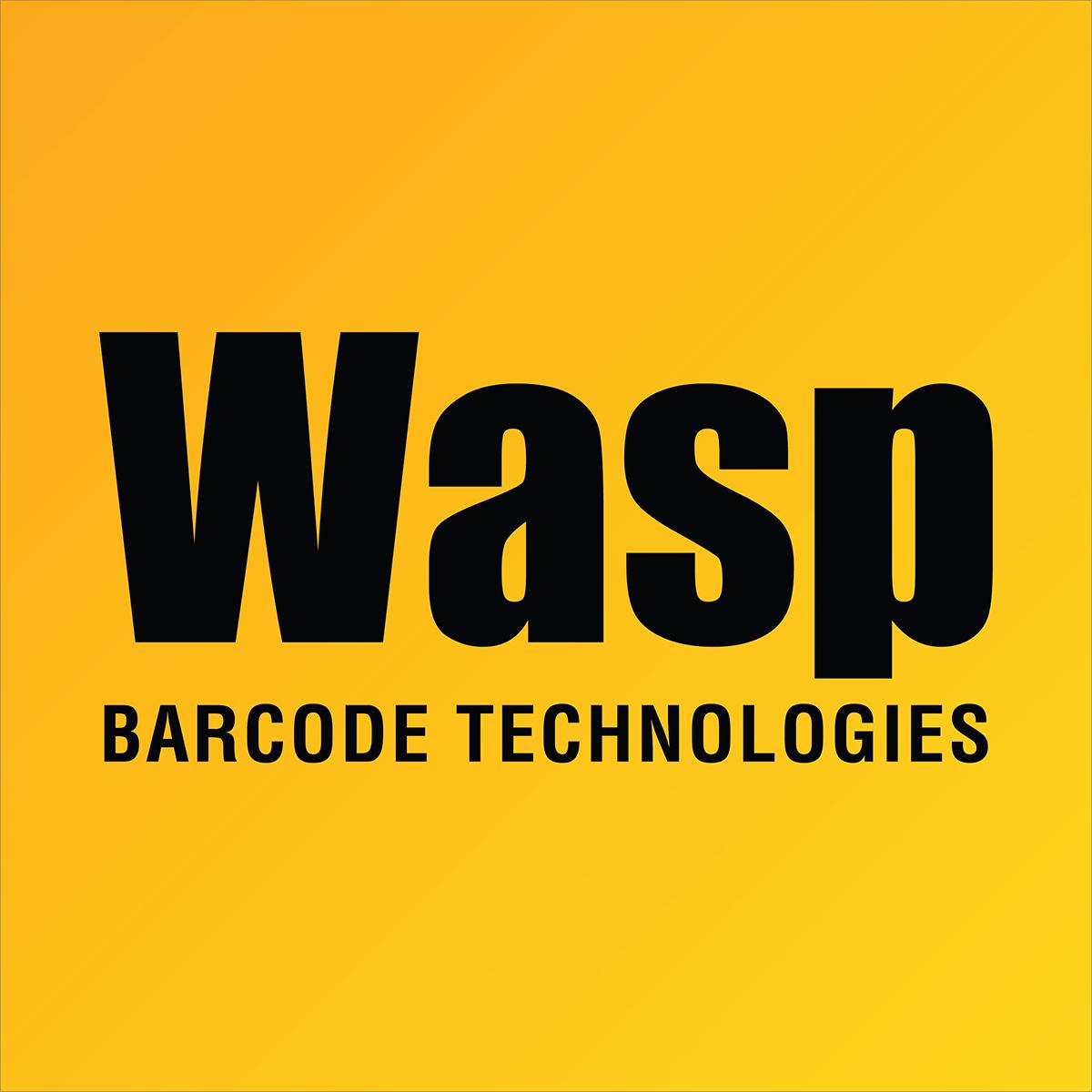This article describes how to change the default port number for AssetCloud or InventoryCloud, On-Premise edition, to use an SSL certificate, served by IIS via https over port 443.
1. Obtain an SSL certificate for your server. (This is outside the scope of Wasp Tech Support.)
2. Import the certificate to the server:
Double-click the .pfx file, Certificate Import Wizard opens.
Click "Local Machine", Next.
The File Name field should be populated. Click Next.
Enter the certificate's password, Next.
Leave selected "Automatically select...", Next.
A summary appears. Click Finish.
You should receive a message "The import was successful." Click OK.
3. Open Internet Information Services (IIS) Manager. (Click Start, type IIS)
4. At the upper left, expand the server name, then Sites.
5. Right-click the Wasp_AC or Wasp_IC site, Edit Bindings.
**Note: Wasp_AC is for AssetCloud, Wasp_IC is for InventoryCloud.
**Earlier Versions: for earlier versions of Cloud On-Premise, WaspMVC was the site. If you have upgraded from a previous version, this site may still exist, but will be obsolete and should remain stopped.
6. Add button (at right).
7. Set the Type to https. The port changes to 443.
8. Specify the Host name. This can be the machine name, or a Fully Qualified Domain Name (FQDN), depending on your needs. You will need this exact value later.
9. Below, pop down the SSL certificate menu and select the certificate (usually shows the server name or address).
10. OK
11. Launch the Wasp Configuration tool:
This always needs to be Run as Administrator.
If you're logged in as the installing user, there should be a desktop shortcut called "WASP ConfigurationTool". Otherwise here's the full path:
C:\Program Files\Wasp Barcode Technologies\Wasp On-Premises Software\License\configure\Wasp.Installer.Configure.exe
Authentication: Preferred is SQL Authentication (if you know the sa password). Otherwise use Windows Authentication.
12. Click into the appropriate tab, either "Asset Cloud Service (MVC)" or "Inventory Cloud Service (ICMVC)".
13. Mark down the current value in the Server Url field, in case you need to revert later.
14. In the Server Url field, change from http to https, change to the Host Name from IIS above. Do not include the colon & port number at the end. Do not specify port 443. Do leave the slash. Change the server name if necessary. Examples of properly formatted values:
https://www.example.com/
https://localserver04/
15. Click the "Validate" button just below.
16. After a moment, the validation appears. Click Yes.
17. At the lower right, click Save.
18. If the validation is successful, skip to step 19. If there is an error validating this tab, then perform the following.
18a. Make sure you're logged in as a local admin (not a member of the domain).
18b. Bounce All Services, Sites, and Application Pools per the following:
https://support.waspbarcode.com/kb/articles/1590
18c. In the Wasp Configuration Tool, validate all tabs from left to right, saving between each successful validation.
(Skip any tabs where the fields are blank)
18d. Once everything is able to validate, proceed to the next steps.
19. Bounce All Services, Sites, and Application Pools:
https://support.waspbarcode.com/kb/articles/1590
20. Test by using your web browser to go to the new Server Url value.
21. If you will be accessing the system from other PC clients, or mobile devices, you may need to configure the server's firewall to allow TCP port 443.
22. This procedure does not update the shortcut placed on the original installer user's desktop. If that shortcut is used regularly, you can update that manually in the shortcut's properties.



